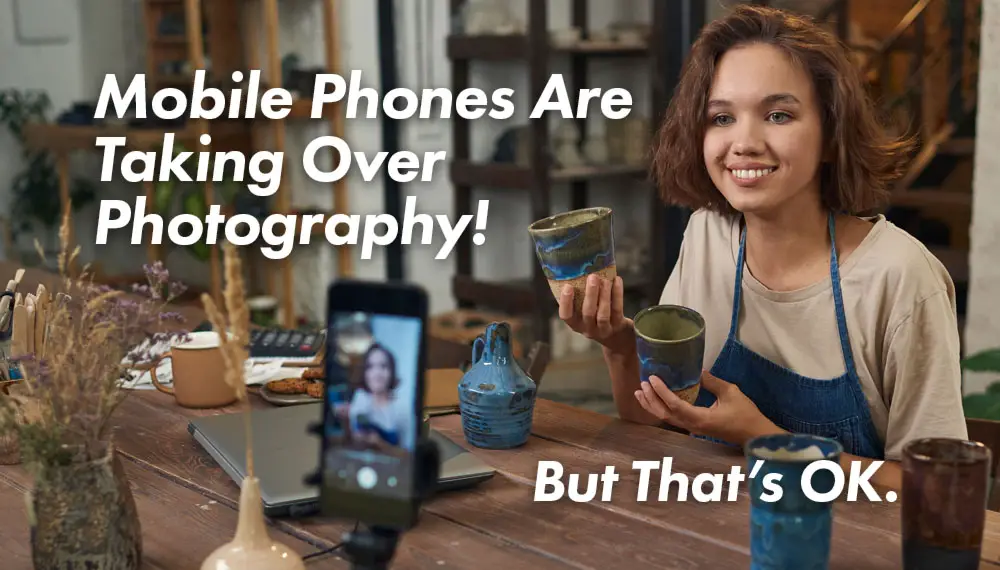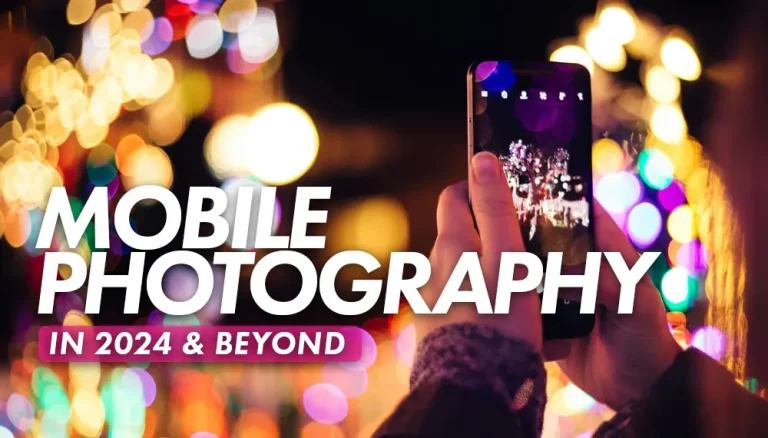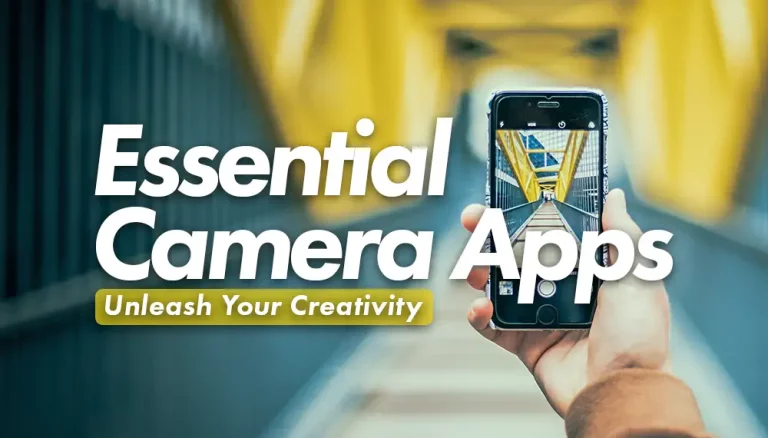Digital photography has been revolutionized by the phone camera. It used to be that you needed a bulky DSLR and a lot of experience to get great photos. But now, anyone with a smartphone can take amazing pictures with just a few taps. In this article, we’ll explore the reasons why mobile phones are taking over digital photography, and why that could be a great thing for photography in general.
Table of Contents
The Advantages of Mobile Phone Photography
There are many advantages to using a mobile phone for photography. First of all, phones are much more convenient than traditional cameras. They’re always with you, so you can capture spontaneous moments that you might otherwise miss. And since they’re small and light, you can take them anywhere, from the top of a mountain to the bottom of the ocean, but don’t let them get wet.
They’re accessible to everyone, and they democratize the creation of images. Everyone can now create, capture and share incredible images of the world around them with no limitation on how many images they can experiment with. The limitations are minuscule, and we’re always glad to see people taking advantage of this incredible power.
Another big advantage of mobile phone photography is that it’s affordable. You don’t need to spend thousands of dollars on a high-end camera to get great results. Their small size also allows you to get creative with where you place your camera. And there are plenty of free or inexpensive apps that give you professional-grade editing tools. So you can make your photos look however you want, without breaking the bank.
Finally, mobile phone cameras are getting better and better every year. They now rival traditional cameras in terms of image quality. And with some of the computational photography tricks that they have up their sleeves, they even exceed what most traditional cameras can do right out of the box with HDR and Timelapses becoming standard features. With time, they’re only going to get better and better.
So if you’re looking for a great way to take photos, or videos, mobile phone photography is the way to go. Here are our 10 tips to take better Mobile Phone Photographs.
The Disadvantages of Mobile Phone Photography
Of course, there are also some disadvantages to using a mobile phone for photography. One is that you’re limited by the size of your phone’s sensor. This means that you won’t be able to get the same level of detail as you would with a larger sensor camera. If you’re planning on printing your photos really large or blowing them up to poster size, this can be a big issue, but for most purposes – printing them out for an album or putting a photo in a frame they’ll do just fine.
They’re also our primary communication devices, so if you’re like me and get engrossed in taking photographs, you may run down your battery and not have enough for the rest of your day. Luckily this is a quick fix today, with fast-charging phones that can charge up to 100% in 30 minutes, or even less… You can also carry a power bank with you, or top up your phone’s charge in your car.
Another disadvantage of mobile phone photography is that you’re limited by the quality of your phone’s lens. Of course, you’ll want to make sure that you don’t have finger smudges or scratches on your lens, or else the quality will suffer further. Most phones have pretty good lenses these days, but they’re still not as good as the lenses you’ll find on a DSLR or mirrorless camera. This means that you might not be able to get the same shallow depth of field (there are workarounds though) or low-light performance as you would with a more expensive camera.
Finally, mobile phone photography can be a bit more challenging than traditional photography. This is because you have less control over the camera, and you’re often working with smaller sensors and lenses. So if you’re not used to working with these types of limitations, it can be tough to get great results in more challenging situations.
One way to overcome some of the disadvantages of mobile phone photography is to use apps that give you more control over the camera. There are a number of great apps out there that can help you get the most out of your phone’s camera, and they can help you overcome some of the limitations that you might face. On some phones, you can even shoot in RAW file formats to preserve as much data as possible for processing later on in an app like Snapseed or VSCO.
So if you’re serious about mobile phone photography, be sure to check out some of the great apps that are available, and some of the incredible mobile phones that are being produced and sold today. We’ll be writing about some of these apps for Android and iOS, as well as reviewing some of the best phones, so stay tuned to future articles on Digital Photography Life.
The Future of Mobile Phone Photography
There’s no doubt that mobile phone photography is here to stay. It’s convenient, affordable, and the results are getting better and better every year. So if you’re looking to get into photography, or if you’re just looking for a more convenient way to take photos, a mobile phone is a great option.
Another great thing about mobile phone photography is that you can take your photos with you wherever you go. You can easily share your photos with others on social media, or with family and friends on messaging apps. From capture to finished edit, you have all the power you need to create and publish incredible photographs right in the palm of your hand!
So if you’re interested in photography, and want an inexpensive way to learn more, or if you’re just looking for a more convenient way to take photos, a mobile phone is a great option. With the convenience, affordability, and quality of mobile phone photography, it’s no wonder that it’s here to stay.




